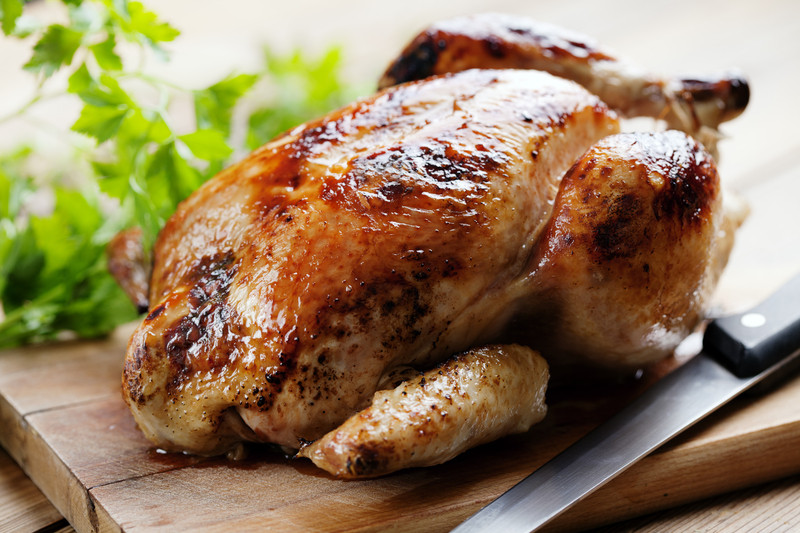The Art of Salting Steak: Unlocking Flavor and Tenderness
posted on
May 15, 2023
Introduction:
Cooking the perfect steak is an art form that deserves to be celebrated. There are various factors that come into play, from achieving the desired internal temperature to ensuring a well-seared crust. However, one contentious issue that many steak enthusiasts can't seem to agree on is when to salt the steak. Today, we dive into this flavorful debate and explore the science behind salting to help you unlock the full potential of your steaks.
Understanding the Salting Process:
To unravel the mystery of salting, let's take a journey through time with our steaks. When you salt a room temperature steak, different stages unfold, each offering distinct results.
Immediate Salting:
Immediately after salting, the salt rests on the surface, undissolved. At this stage, the steak's juices remain intact. If you cook it now, you'll achieve a beautiful, hard sear with a deliciously salty crust.
The 3-4 Minute Mark:
After approximately 3-4 minutes, osmosis comes into play, and the salt begins to draw out the steak's juices. A layer of liquid forms on the surface of the meat. Cooking the steak at this stage would result in the initial heat energy being absorbed by evaporating the liquid, leading to a less desirable sear.
The 10-15 Minute Mark:
Around the 10-15 minute mark, the salt dissolves, forming a brine that starts breaking down the meat's muscle fibers. While a good amount of liquid remains on the meat's surface, the resulting sear might be weakened.
The 40-Minute Rule:
After approximately 40 minutes of salting, all the brine has been absorbed into the meat. Some evaporation occurs, enhancing the meat's flavor. Without any liquid on the exterior, this stage offers an ideal opportunity for achieving a delicious sear.
Extended Salting:
For those seeking even more depth of flavor, you can take the salt brining process further by letting the steak sit uncovered in the fridge overnight. This method tenderizes the meat, breaking down muscle structures, and imparts deeper flavors. While some moisture loss may occur, the ultimate impact on the final result is usually negligible.
The Verdict:
Based on our exploration, it appears that you have two optimal choices for salting your steak. Either salt it less than 4 minutes before cooking, or let the salt sit for 40 minutes or more before grilling. Avoiding the 4-40 minute range after salting ensures that excess moisture doesn't linger on the meat's surface, resulting in a mouthwatering seared steak.
Alternative Approach:
Of course, an alternative approach is to cook the steak first and salt it afterward. This method guarantees a nice sear without any moisture loss. However, in our opinion, you may miss out on the opportunity to enhance the flavor profile of your steak. Salt has been treasured throughout history for a reason—it truly elevates the taste of our culinary creations.
Experiment and Enjoy:
Remember, the art of salting works wonders for any steak from various animals. Whether you opt for a boneless steak like Delmonico, Flat Iron, Ranch, or Round Steak, or prefer a bone-in cut like T-bone or Pork Shoulder Steak, the salting technique can elevate the taste and tenderness of your meat.
Conclusion:
In your quest for grilling perfection, understanding the nuances of when to salt your steak is a valuable tool. By following the guidelines of salting less than 4 minutes before cooking or letting the salt sit for 40 minutes or more, you'll unlock a world of flavor and achieve a deliciously seared steak. Whether you prefer an immediate salty crust or a longer brining process for enhanced tenderness and depth of flavor, experimenting with salting techniques can elevate your steak game to new heights. So, fire up that grill, season your steak with confidence, and savor the satisfaction of a perfectly cooked, mouthwatering masterpiece. Happy grilling!





